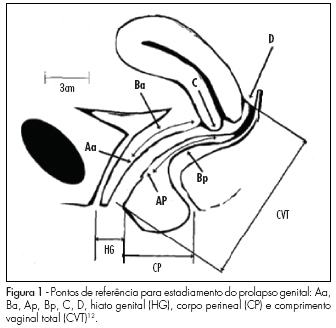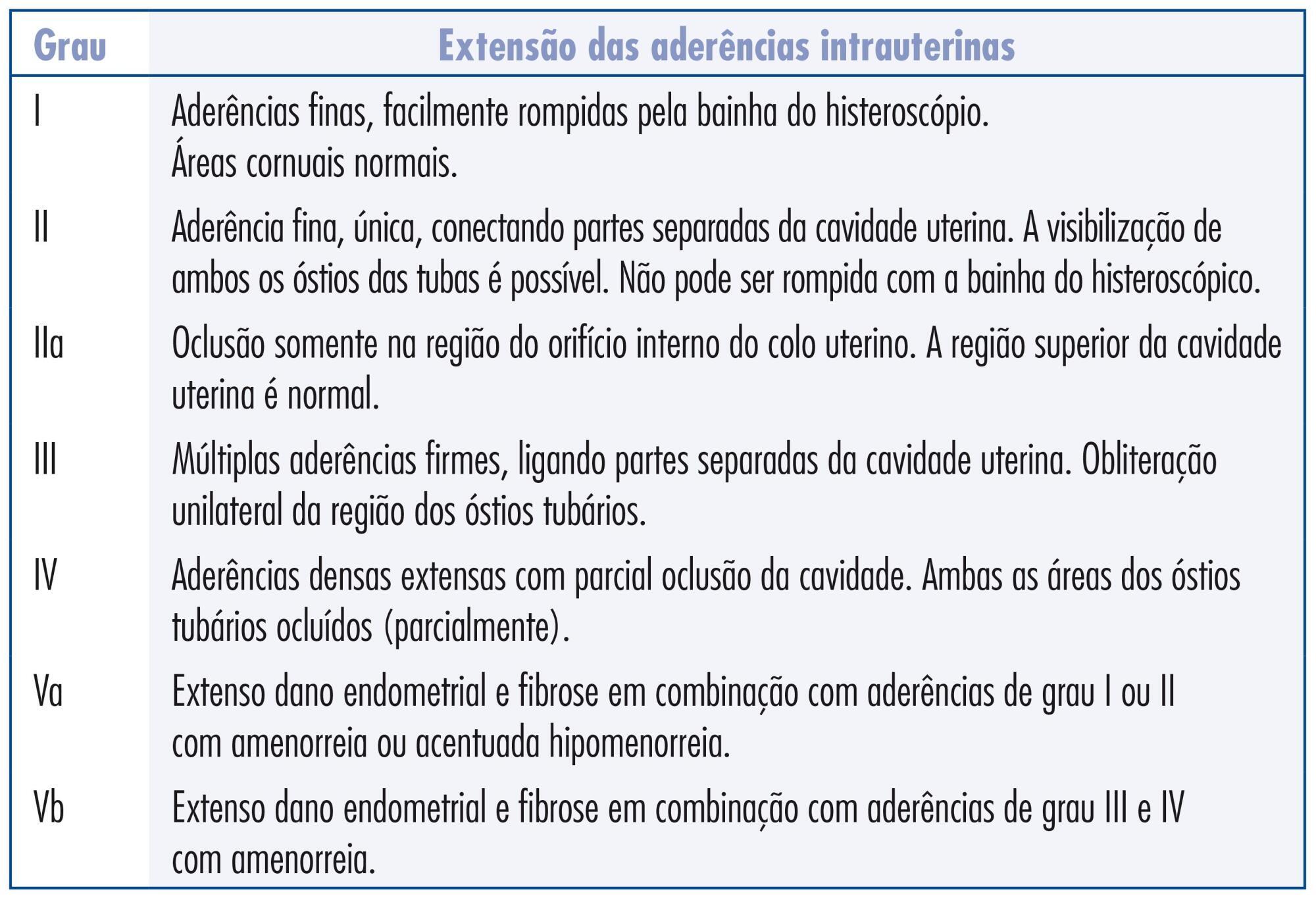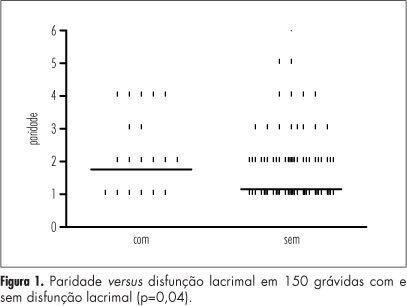Summary
Revista Brasileira de Ginecologia e Obstetrícia. 2003;25(1):17-22
DOI 10.1590/S0100-72032003000100003
PURPOSE: to present a technique of vaginoplasty and evaluate its results. METHODS: twenty women with congenital absence of the vagina aged between 19 and 39 years were included in the study. They were seen at the Endocrinological Gynecology and Climacteric Clinic of the Obstetrics and Gynecology Department of the Santa Casa of São Paulo, between 1989 and 1996. The surgery consisted of the opening of a cavity between the rectum and the bladder and this cavity was lined with a full-thickness skin graft removed from the lower abdominal region and kept in place with the use of a dilatation mold. The donor area was closed by primary suture. RESULTS: morphologically, in 75, 85 and 80% of the cases, the vagina presented a satisfactory epithelial lining, good elasticity and good amplitude, respectively. Functionally, in 80% of the cases both partners considered sexual intercourse satisfactory. CONCLUSIONS: the technique allows the obtention of an adequate vagina from the anatomic and functional point of view, fast healing of the donor area, closed by primary suture with good esthetical aspect and low level of complications.
Summary
Revista Brasileira de Ginecologia e Obstetrícia. 2009;31(1):17-21
DOI 10.1590/S0100-72032009000100004
PURPOSE: to evaluate risk factors for the development of genital prolapse in the Brazilian population. METHODS: case-control study involving 316 patients submitted to prolapse staging, according to the pelvic organ prolapse quantification system. The patients were divided into two groups: in the Case Group there were 107 patients with prolapse at stage III or IV, and in the Control Group, 209 women at stage 0 or I. In the anamnesis, the selected women have been questioned about the presence of possible risk factors for genital prolapse, such as: age, menopause age, parturition, delivery type (vaginal, caesarean section or forceps), occurrence of fetal macrosomia, family history of genital dystopia in first degree relatives, chronic cough and intestinal constipation. RESULTS: The variables that were different between the groups were: age, body mass index, parturition, number of vaginal, caesarean section or forceps deliveries, newborn weight and positive family history for prolapse. Race, menopause age, chronic cough and intestinal constipation did not present differences between the groups. After logistic regression, only three variables have been shown to be independent risk factors: presence of at least one vaginal delivery, fetal macrosomia and positive family history for dystopia. Cesarean section was shown to be a protective factor. CONCLUSION: in the Brazilian population, the independent risk factor for genital prolapse were: personal antecedent of at least one vaginal delivery, fetal macrosomia and family history of dystopia.

Summary
Revista Brasileira de Ginecologia e Obstetrícia. 2019;41(1):17-23
To assess and compare the sensitivity and specificity of ultrasonography and magnetic resonance imaging in the diagnosis of placenta accreta in patients with placenta previa.
This retrospective cohort study included 37 women, and was conducted between January 2013 and October 2015; 16 out of the 37 women suffered from placenta accreta. Histopathology was considered the gold standard for the diagnosis of placenta accreta; in its absence, a description of the intraoperative findings was used. The associations among the variables were investigated using the Pearson chi-squared test and the Mann-Whitney U-test.
The mean age of the patients was 31.8 ± 7.3 years, the mean number of pregnancies was 2.8 ± 1.1, the mean number of births was 1.4 ± 0.7, and the mean number of previous cesarean sections was 1.2 ± 0.8. Patients with placenta accreta had a higher frequency of history of cesarean section than those without it (63.6% versus 36.4% respectively; p < 0.001). The mean gestational age at birth among women diagnosed with placenta previa accreta was 35.4 ± 1.1 weeks. The mean birth weight was 2,635.9 ± 374.1 g. The sensitivity of the ultrasound was 87.5%, with a positive predictive value (PPV) of 65.1%, and a negative predictive value (NPV) of 75.0%. The sensitivity of the magnetic resonance imaging was 92.9%, with a PPV of
The ultrasound and the magnetic resonance imaging showed similar sensitivity and specificity for the diagnosis of placenta accreta.
Summary
Revista Brasileira de Ginecologia e Obstetrícia. 2014;36(1):17-22
DOI 10.1590/S0100-72032014000100005
To analyze the serological, anatomopathological and parasitological results obtained from abortive material in order to detect infections with the risk of vertical transmission, with emphasis on toxoplasmosis.
A cross-sectional cohort study was conducted in order to determine the prevalence of infectoparasitic diseases. A total of 105 women who suffered spontaneous complete or incomplete abortion participated in the study. The women were interviewed, answered a questionnaire and had their blood and abortive material collected. Immunological tests were carried out in order to detect toxoplasmosis, Chagas disease, rubeola, cytomegalovirus and syphilis, and anatomopathological analysis of the ovular remains was performed.
55% of the women studied were 20 to 30 years old. Most of them (68%) presented a gestational age between the 7th and 14th week. 54.3% of the women had complete or incomplete high school education. Serological analysis showed cytomegalovirus (CMV) as the most common vertically transmitted infection with 97.1% positivity, followed by rubeola with 95.2%. Toxoplasmosis showed 54.3% positivity, Chagas disease 1.9% and syphilis 0.95%. Anatomopathological analysis showed inflammation in 63.1% of the cases and absence of inflammation in 34%. The results of the serological, anatomopathological and parasitological analysis of the 105 participants showed that 57 women were T. gondii positive. However, none showed positivity in the polymerase chain reaction (PCR) or in mouse inoculation.
The prevalence of diseases with the risk of vertical transmission is important in women with spontaneous abortion, indicating the need for more research in order to investigate the etiology of abortion.
Summary
Revista Brasileira de Ginecologia e Obstetrícia. 1998;20(3):170-170
DOI 10.1590/S0100-72031998000300011
Summary
Revista Brasileira de Ginecologia e Obstetrícia. 2019;41(3):170-175
Endometriosis is a complex disease, and pain is an important component of the syndrome. One of the most used methods to assess pain is the visual analogue scale (VAS). The aim of the present research was to study the pain experienced by patients who referred to our unit for endometriosis, using the VAS to understand the variables that could influence it.
We have conducted a prospective study from February 2012 to December 2016, enrolling 388 patients who referred to a university hospital, in Florence, Italy. We have included in the present study patients during their follow-up for endometriosis; we have also included patients who underwent surgery with a histological diagnosis of endometriosis. We have collected sociodemographic and clinical information regarding age, body mass index (BMI), smoking habit, number of pregnancies, and endometriosis staging. Finally, we have administered the VAS for several symptoms.
Dysmenorrhea was the symptom associated with the highest perception of pain (mean VAS score of 5.76). The logistic regression showed that the stage of endometriosis could influence the pain associated to constipation and to dysuria. The linear regression showed that age couldinfluencethe pain associated to constipation, to dyspareunia,and to dysmenorrhea. A positive correlation was found between dysmenorrhea and chronic pelvic pain(CPP), between dysmenorrhea and dyspareunia, and between constipation and dysuria.
Using a validated method, the VAS, we have studied the pain experienced by a group of patients with a history of endometriosis and observed that smoking habit and BMI did not influence the VAS scores, and that dysmenorrhea was associated with the highest perception of pain.
Summary
Revista Brasileira de Ginecologia e Obstetrícia. 2014;36(4):170-175
DOI 10.1590/S0100-720320140050.0001
To examine the aspect of the uterine cavity after hysteroscopic endometrial ablation, to determine the prevalence of synechiae after the procedure, and to analyze the importance of hysteroscopy during the postoperative period.
The results of the hysteroscopic exams of 153 patients who underwent outpatient hysteroscopy after endometrial ablation due to abnormal uterine bleeding of benign etiology during the period from January 2006 to July 2011 were retrospectively reviewed. The patients were divided into two groups: HIST≤60 (n=90) consisting of patients undergoing the exam 40-60 days after the ablation procedure, and the group HIST>60 (n=63) consisting of patients undergoing the exam between 61 days and 12 months after the procedure.
In the HIST≤60 group, 30% of the patients presented some degree of synechiae: synechiae grade I in 4.4% of patients, grade II in 6.7% , grade IIa in 4.4%, grade III in 7.8%, and grade IV in 2.2%. In the HIST>60 group, 53.9% of all cases had synechiae, 3.2% were grade I, 11.1% grade II, 7.9% grade IIa, 15.9% grade III, and 4.8% grade IV. Hematometra was detected in 2.2 % of all cases in group HIST≤60 and in 6.3% of all cases in group HIST>60.
The uterine cavity of the patients submitted to diagnostic hysteroscopy up to 60 days after endometrial ablation showed significantly fewer synechiae compared to the uterine cavity of patients who underwent the exam after 60 days. Long-term follow-up is necessary to fully evaluate the importance of outpatient hysteroscopy after endometrial ablation regarding menstrual patterns, risk of cancer and prevalence of treatment failure.

Summary
Revista Brasileira de Ginecologia e Obstetrícia. 2012;34(4):170-174
DOI 10.1590/S0100-72032012000400006
PURPOSE: To assess the prevalence of lacrimal dysfunction during pregnancy comparing it to non-pregnant women and to correlate these findings with obstetric history. METHODS: We interviewed 150 pregnant and 150 non-pregnant women for symptoms of dry eyes and obstetric history. Both groups underwent Schirmer I testing and responded to a questionnaire on dry eye symptoms. Patients with collagen diseases, medications associated with dryness of mucous membranes, hepatitis C infection and AIDS, previous intraocular inflammation and eye surgery were excluded. Data were analyzed by the Χ2 and Fisher tests when the data were nominal and by the Student´s t-test and Mann-Whitney test when numerical. The level of significance was set at 5%. RESULTS: The two groups did not differ in symptoms of lacrimal dysfunction. The results of Schirmer's test were equal in both groups for the right eye (p=0.3) and left eye (p=0.3). However, pregnant women had a higher prevalence of at least one dry eye (p=0.004). The occurrence of dry eye in both groups (patients and controls) was associated with a greater number of full-term pregnancies/patient (p=0.04) but not with pregnancy time (p=0.5) or number of abortions (p=0.9). CONCLUSIONS: Pregnant women suffer more from lacrimal dysfunction than non pregnant women; in both groups the prevalence of tear dysfunction is more elevated in women with higher parity.
